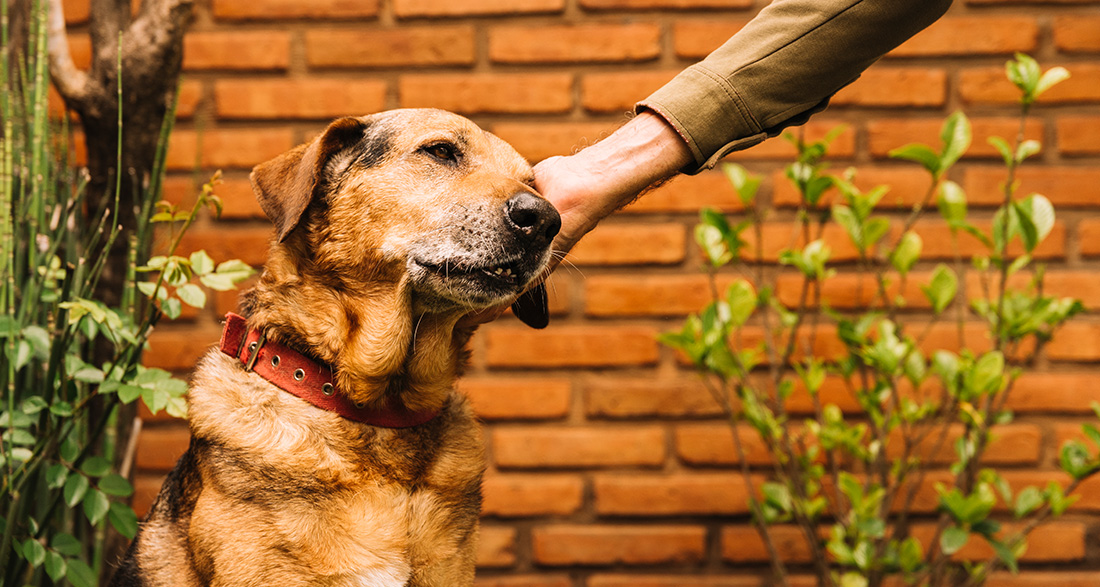Shaking is not unusual for dogs initially. Stress, excitement, and even joy can cause a dog to shake intensely for a brief moment. Some hunting breeds have been bred to be fully concentrated in specific situations – and this can also manifest as shaking.
Breeds without an undercoat, hairless dogs, or very small dogs shake whenever it’s particularly cold. Fear can also be a reason that causes a dog to shake – as many pet owners have likely observed during a visit to the veterinarian. The reasons for shaking episodes in dogs are diverse, but serious illnesses can also be behind them.
In this article, we want to explain in detail how to distinguish a harmless shaking episode from an illness and what you can do in such cases.
Shaking Episode or Seizure?
Shaking is a natural reaction of the body in mammals, caused by physical or emotional reasons. However, it is important to be able to distinguish a shaking episode in dogs from a seizure.
During shaking, animals are usually still responsive and have full control over their bodies. Maintaining eye contact is not a problem for shaking dogs, while it is not possible during a seizure.
If the dog loses control of its body during shaking and shows no reactions to the environment, a veterinarian should be consulted as quickly as possible, as it may be a seizure.
Harmless Causes of Shaking Episodes in Dogs
If a dog shows shaking throughout its entire body, there can be many reasons for it. As we have explained, these can be joyous as well as stress– or fear-related factors. At this point, we would like to delve a bit deeper into the rather harmless causes of shaking episodes in dogs.
Harmless Cause: Joy
Joy is one of the most common emotions in our four-legged friends. Owners come home, the long-awaited walk finally begins, or the pup meets its best dog buddy – all these reasons (and many more) can trigger such great joy in a dog that it manifests in physical shaking.
Typically, joy in dogs is accompanied by tail wagging, jumping around, or barking. Although shaking in dogs due to excessive joy is entirely harmless, the dog’s behavior should not be reinforced, as extreme joy reactions can be trained, which the dog deliberately uses to get treats or attention.
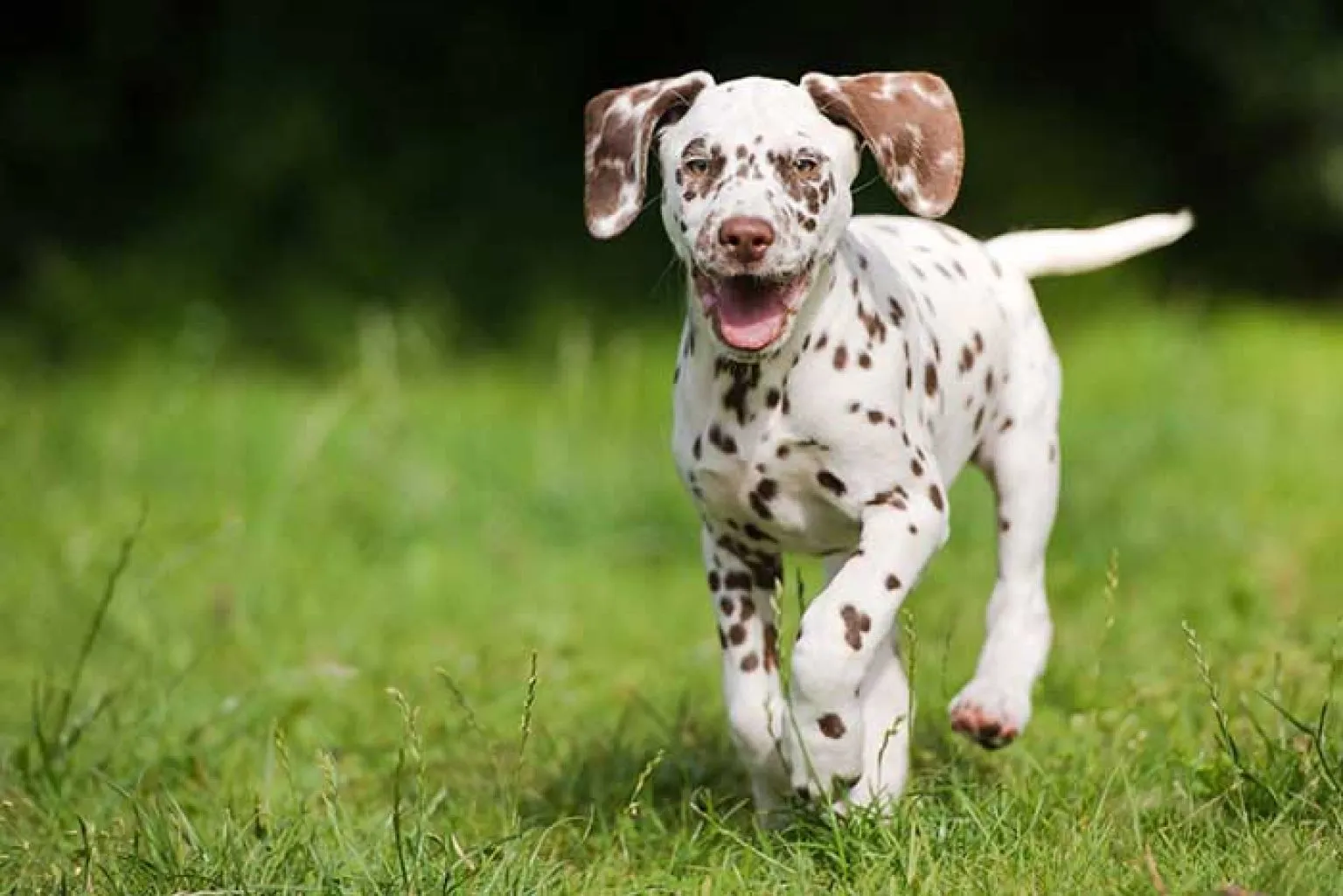
Harmless Cause: Fear
Shaking throughout the body can also be a sign of fear that the dog expresses outwardly. Many dog owners are familiar with the situation of vet visits, encounters with unfamiliar or threatening dogs, or every New Year’s Eve – the dog shakes throughout the body, tucks its tail between the hind legs, adopts a crouched posture, and tries to hide.
When a dog starts shaking due to fear, the dog owner should remain composed and ensure that the four-legged friend quickly returns to a safe environment.
If the animal reacts anxiously to everyday sounds or things, targeted training with a dog trainer can also help overcome the fear. However, often good socialization from a young age is sufficient to prevent the dog from becoming fearful.
Even when shaking due to fear, it should be noted that excessive attention should not be given to the four-legged friend. Trying to distract the dog with treats or providing excessive sympathy will not only worsen the situation but also deliberately reinforce fearful behavior. Instead, the dog should be clearly shown that it is entirely unnecessary to be afraid in these situations.
Harmless Cause: Cold
Cold affects not only humans but also dogs. While we can keep ourselves warm with clothing, dogs have only fur for that purpose. Breeds with little or no undercoat, hairless dogs, or very small dogs face a challenge in winter.
As the body temperature rises through body shaking, especially these dog breeds tend to shake throughout their bodies frequently in winter. The colder the temperatures, the more difficult it is for the organism to maintain the required body temperature through shaking alone. Therefore, in some cases, a dog coat may be advisable for sensitive dog breeds to provide a bit more warmth in winter.
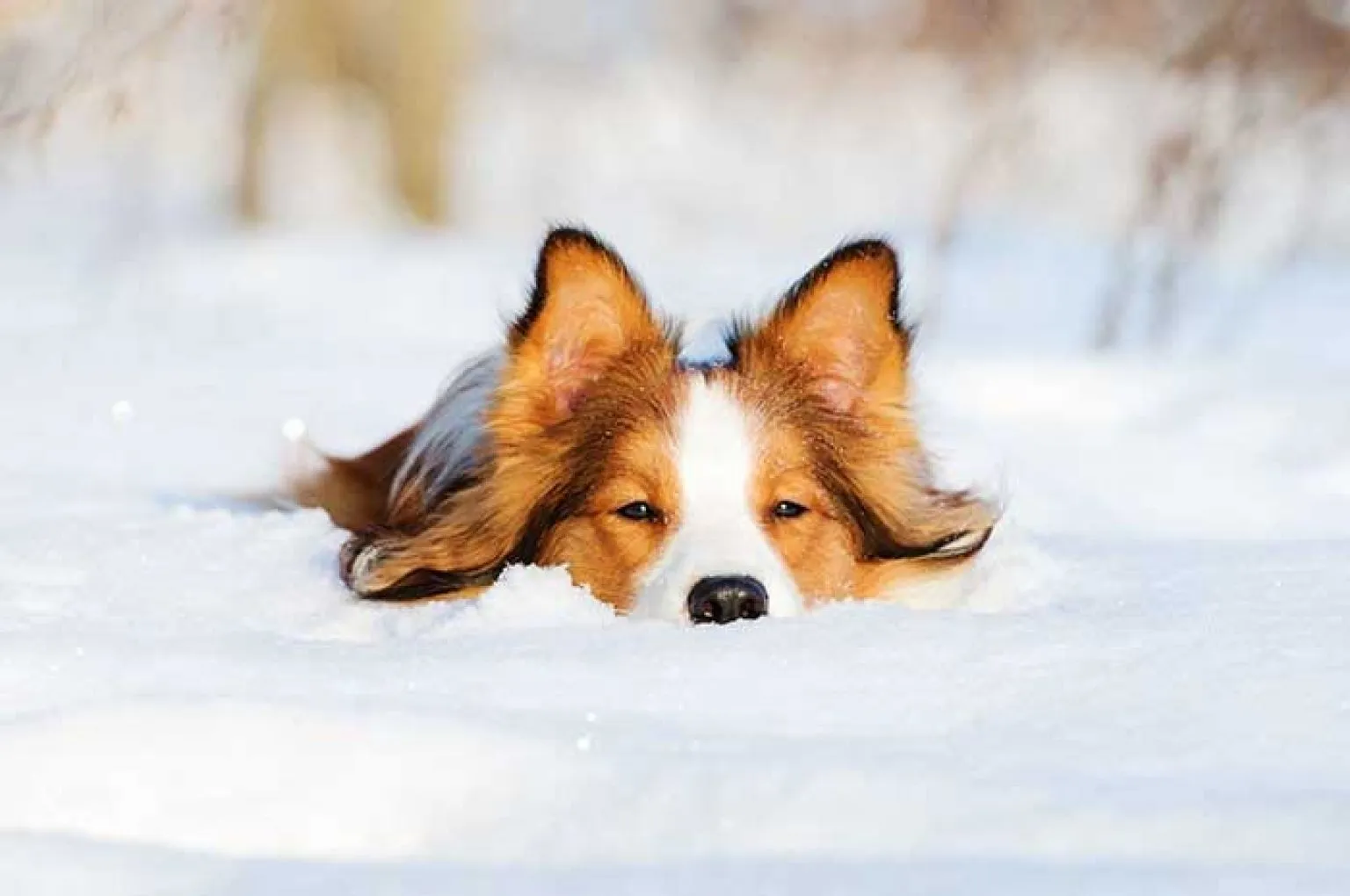
Harmless Cause: Excitement
Especially hunting dogs were bred for a clear focus, full concentration, and maximum physical performance. Hunting dogs must be capable of forgetting the world around them and fully concentrating on a goal. Therefore, many hunting dogs, as well as some other breeds, build up a special tension that can manifest in shaking episodes.
Most of the time, these animals start preparing their bodies for what is to come just before the hunt begins – displaying full tension, which also indicates an “internal shaking.” Dogs that are not sufficiently engaged and cannot release tension due to a lack of activity are more prone to shaking episodes compared to those that are physically and mentally stimulated.
Harmless Cause: Dreams
Like humans, dogs process their daily experiences in their dreams. Many dog owners report dogs that kick their legs, move their ears wildly, or shake throughout their bodies while sleeping. In this case, your dog is simply releasing the tension accumulated during the day, and it is a completely normal process that provides peace for your pet.
Dangerous Causes for Shaking Episodes in Dogs
Not every shaking episode has a harmless cause; dangerous illnesses can also be the reason for excessive shaking throughout the body. We will outline the potential dangerous causes. If you suspect a disease or other dangerous reasons for your dog’s shaking episodes, it is crucial to consult a veterinarian.
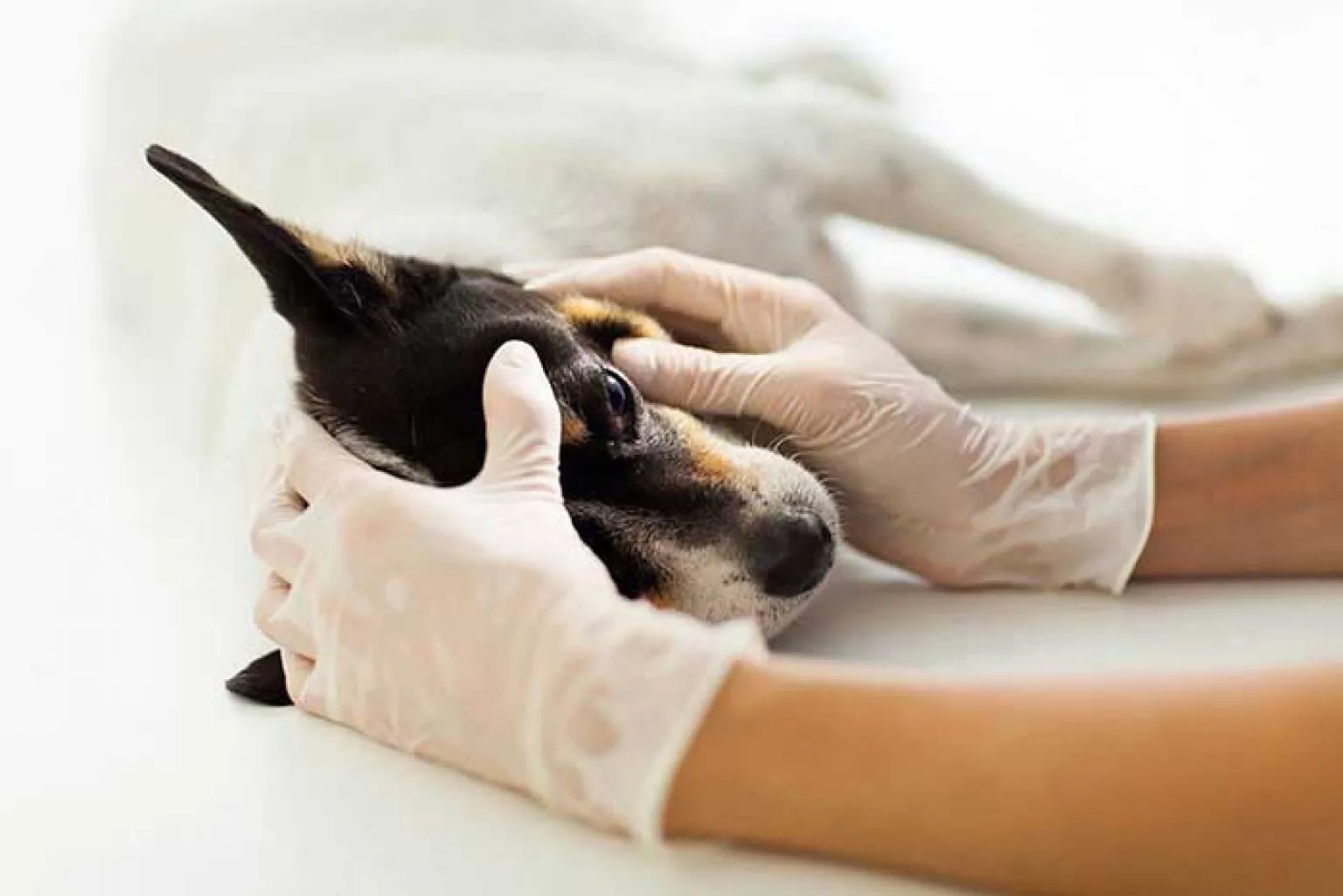
Dangerous Cause: Epileptic Seizures
Many pet owners are surprised when the term “epileptic seizures” is mentioned regarding dogs, but indeed, dogs can suffer from epilepsy. There are certain breeds statistically more prone to epilepsy than others, including the Beagle, German Shepherd, or Golden Retriever. During an epileptic seizure, the animal loses complete control over its body and shakes uncontrollably without reacting to the outside world.
Many dogs exhibit foaming at the mouth, vomiting, or inability to control urine during an epileptic seizure. Some dogs bark loudly during epileptic seizures, while others lie on the ground howling. Usually, a phase of unconsciousness follows the seizure, which is the actual epileptic seizure. When the dog wakes up afterward, it is often disoriented and confused.
Moreover, many animals feel a great appetite and thirst after an epileptic seizure, as seizures consume a tremendous amount of energy from the body. If you suspect epilepsy in your dog, it should be presented to an experienced veterinarian. Regular medication can significantly reduce the frequency and intensity of seizures, but a complete cure is not possible.
Dangerous Cause: Gastric Torsion
Many dog owners have heard of gastric torsion, as the condition is considered a significant threat that can suddenly and unexpectedly endanger the life of their beloved pet. Gastric torsion is indeed highly dangerous, especially because it often goes unnoticed until it’s too late. The risk of gastric torsion increases with the size of the dog. Breeds like Dobermans, Great Danes, or Kangals are particularly vulnerable.
Loose ligaments, a chest cavity that is too low, and ingested air are considered triggers for gastric torsion. Stress can also lead to a life-threatening gastric torsion in dogs. But how can you recognize gastric torsion in a dog?
Unfortunately, an acute gastric torsion is challenging to diagnose: a bloated abdomen, restlessness, and circulatory problems are the initial signs that indicate gastric torsion. When shaking episodes occur, the dog usually already experiences severe pain and is in shock. As gastric torsion in dogs is life-threatening, the animal should be presented to the veterinarian as soon as possible.
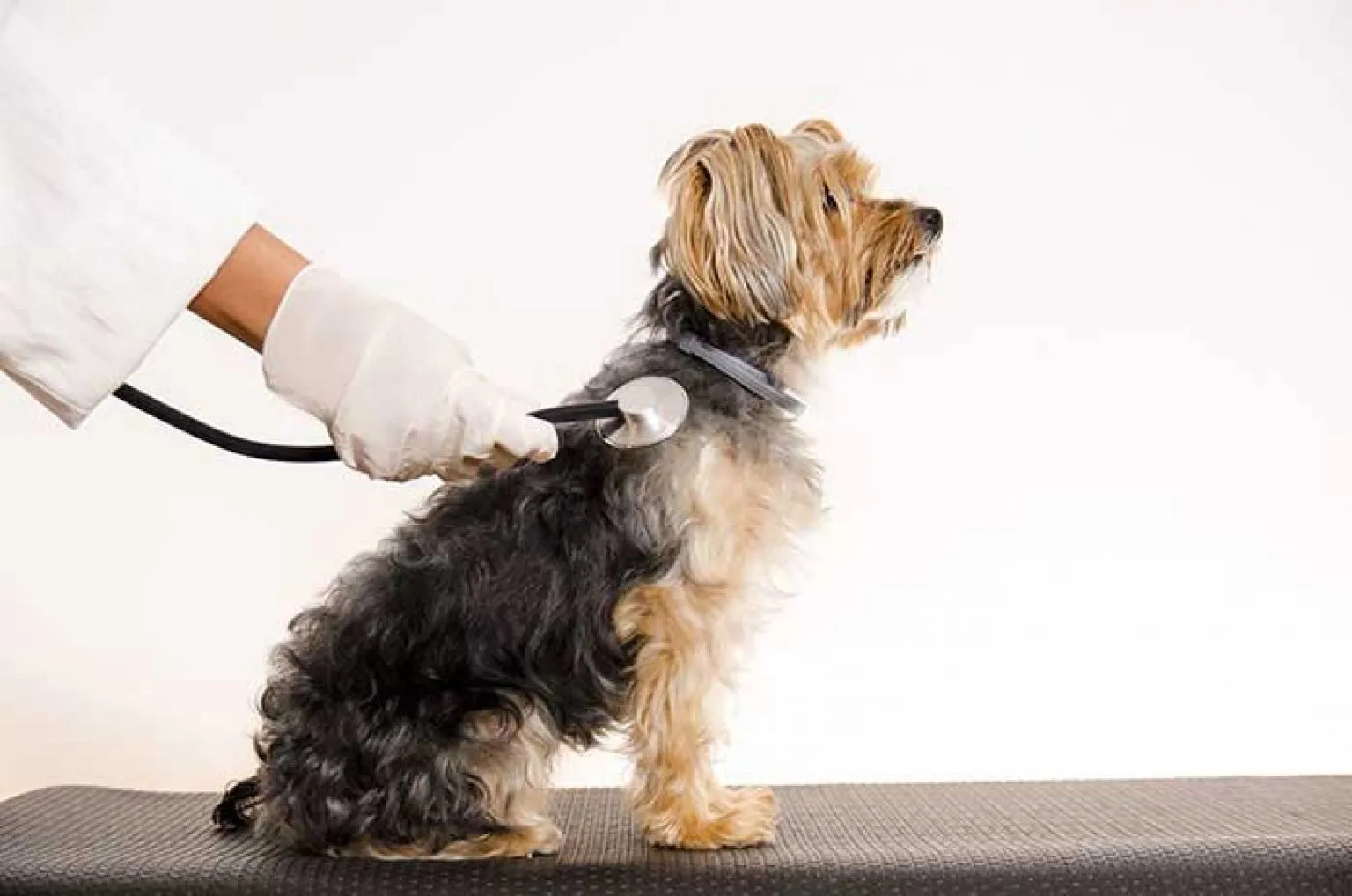
Dangerous Cause: Poisoning
Poisoning is also a cause of shaking episodes in dogs. The animal does not necessarily have to ingest a toxic bait during a walk; even everyday foods can be dangerous for pets: chocolate, alcohol, sweeteners, or grapes are considered common sources of poisoning in households.
Poisoning manifests not only through shaking episodes but usually also through rapidly rising fever, diarrhea, extreme abdominal pain, vomiting, and excessive salivation. Over time, breathing difficulties and blood in the vomit may also occur. Since every minute counts in the case of poisoning, the veterinarian should be consulted as soon as possible. More information on safe food can be found in dog food tests.
Dangerous Cause: Parkinson’s
In Parkinson’s, the body lacks the necessary dopamine to adequately supply nerve cells. This results in muscles and the body being unable to coordinate, leading to irregular movements and shaking episodes.
The uncontrolled muscle twitches are often accompanied by balance problems that the dog exhibits in everyday life. Currently, there is no cure for Parkinson’s, but with proper medication, symptoms can be reduced to a minimum.
Dangerous Cause: Distemper
Distemper is a dangerous infectious disease that can affect not only dogs but also some other mammals. It is transmitted through the excrement or saliva of infected animals and often leads to death. Distemper is a viral disease for which there is a vaccine – so you can prevent infection with distemper early on.
If the dog has become infected with distemper, this inevitably leads to seizures that permanently damage the brain and nervous system. Paralysis, difficulty breathing, diarrhea and vomiting, as well as excessive discharge, can also indicate distemper. If you suspect that your pet has been infected with distemper, an immediate visit to the veterinarian is necessary – also to exclude the spread of the disease.
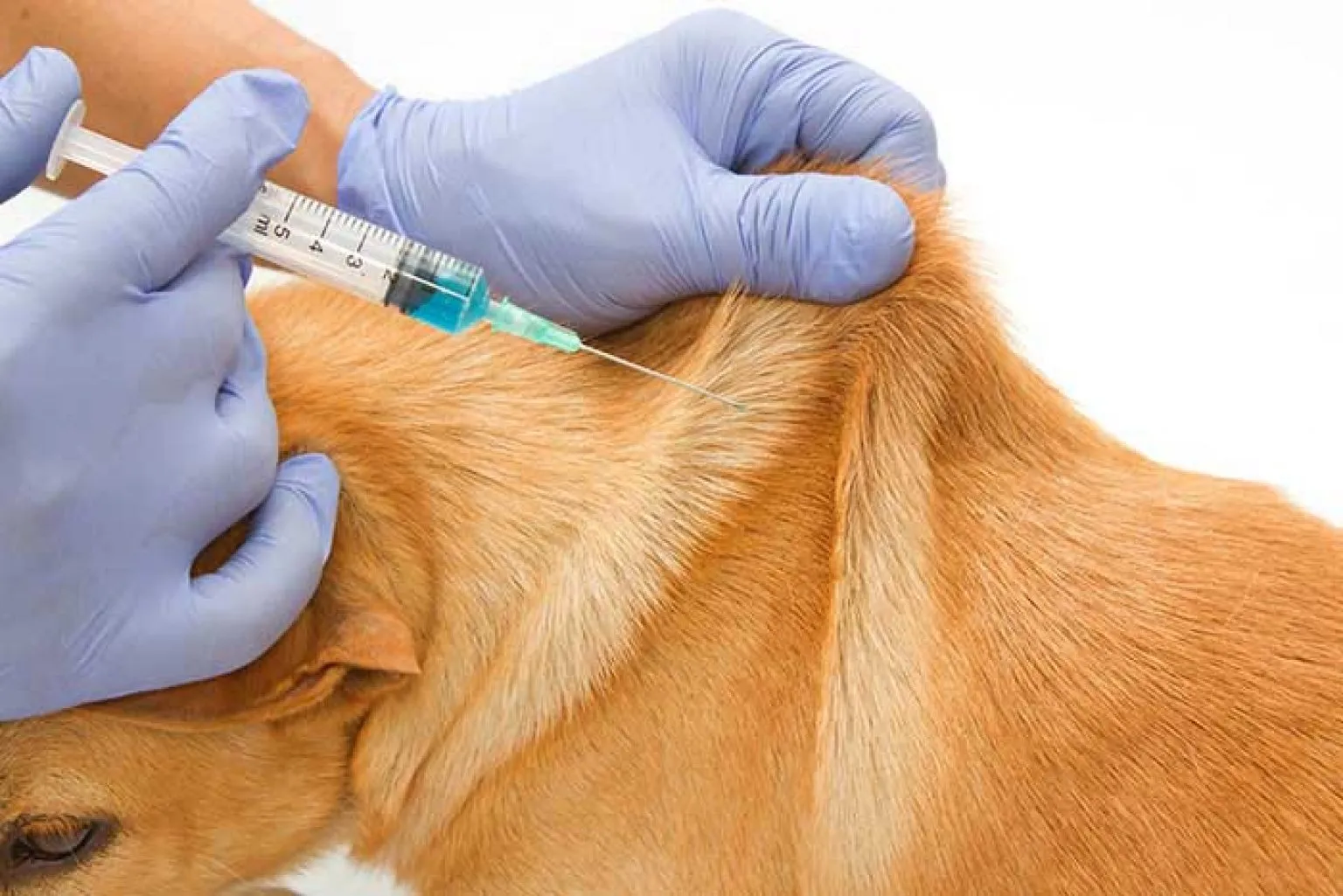
Dangerous Cause: Shaker Syndrome
Indeed, in recent years, some dog breeds have developed a syndrome that is accompanied by severe shaking episodes. This mainly affects white breeds like the West Highland White Terrier. Shaker syndrome is a hereditary disease that causes the entire body to shake, sometimes even causing the dog to faint.
A clear indicator of shaker syndrome is the rapid eye movements, reminiscent of uncontrolled twitching. Shaker syndrome can be treated with medication. In some animals, a short-term administration of the medication is sufficient, while others may need lifelong treatment.
What to Do When Your Dog is Shaking?
If it is an innocuous cause that can be explained by the situation, you can often address your dog’s shaking with composure and consistency. Especially when it comes to joy or fear, training can minimize the shaking. However, if you suspect a serious illness, the dog should be presented to the veterinarian promptly.
Time often plays a role: for example, if gastric torsion or poisoning is the cause of the shaking episode, every second counts to ensure the animal’s survival. In case of doubt, always consult with a veterinarian.


